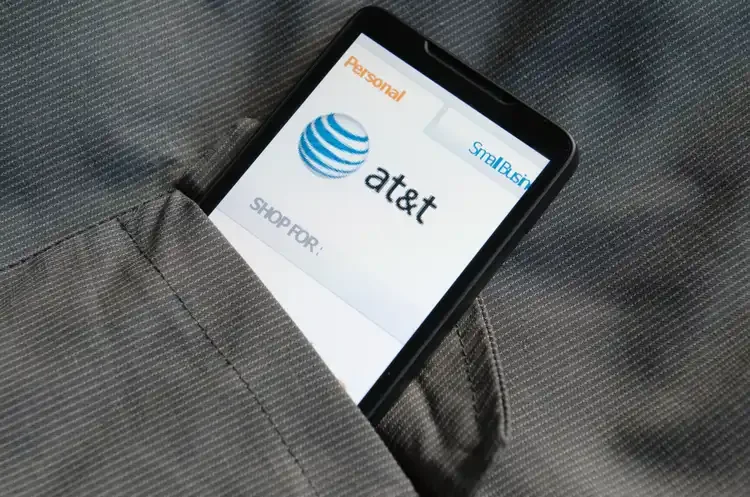- AT&T pioneers with ORAN technology, disrupting traditional telecom models and sparking industry-wide revolution.
- Nokia’s stocks fall 8.7% due to AT&T’s shift, while Ericsson secures a lucrative $14 billion deal, highlighting market volatility.
- ORAN promises network flexibility and cost efficiency, but raises concerns about complexity and security in the telecom sector.
The dawn of ORAN: AT&T’s bold leap forward
In a dramatic turn of events within the telecom sector, U.S. telecom giant AT&T is taking center stage. Imagine this historic telecom behemoth announcing a pivot to a novel technology named ORAN (Open Radio Access Network), not just challenging conventional methods but sparking an electrifying revolution.
A ripple effect: Nokia and Ericsson in the wake of change
Shifting the lens to Nokia, the Finnish titan, once at the forefront of wireless network equipment, now grapples with an unforeseen setback triggered by AT&T’s move. Nokia hasn’t raised the white flag; it’s resorting to cost-reduction strategies to regain its footing in this volatile market.
Simultaneously, Ericsson emerges as a luminary in this era of change. The Swedish firm inked a staggering $14 billion deal with AT&T, becoming a key ally in AT&T’s network transformation. This deal is a resounding endorsement of Ericsson’s prowess in technology and innovation.
Turning back to AT&T, the company’s strategy goes beyond its Ericsson alliance. It aims to collaborate with a multitude of suppliers over the next five years to construct a network grounded in ORAN technology. The beauty of this open network lies in its independence from single-supplier hardware and software, heralding enhanced flexibility and cost efficiency.
Also read: World’s largest bank hit by LockBit ransomware gang linked to Boeing, Ion attacks
Evaluating the future: Challenges and prospects in the ORAN era
Picture a new network realm on the brink of emergence, not under the dominion of a handful of behemoths but as an open platform teeming with potential. AT&T’s decision is a bold challenge to the industry at large.
This seismic shift transcends mere technological innovation; it’s a battle of market forces and business strategies. In these rapidly evolving times, those who can seize the moment will secure their spot in the telecom market of tomorrow. For the average onlooker, this upheaval could herald a future of swifter, more reliable, and cost-effective network services. Let’s keep our eyes peeled to witness how this telecom transformation saga unfolds.
Peeling back the layers of AT&T’s game-changing decision reveals its disruptive nature, emblematic of not just technological advancement but also the critical role of market dynamics and strategic business planning. While this bold step is commendable, it’s imperative to delve deeper.
ORAN technology, while offering cost savings and adaptability, also presents its own set of challenges. Managing a diverse array of equipment and software from various suppliers could escalate system complexity and potential security risks. Is AT&T equipped to navigate these waters? That remains a question.
For industry stalwarts like Nokia and Huawei, this market upheaval could erode significant shares, impacting their financial stability and rippling through global supply chains. This shift could compel these incumbents to evolve, adopting new technological and business innovations to stay afloat in the shifting market landscape.
From a consumer standpoint, while ORAN promises cost reduction and service enhancement, the true alignment of this shift with consumer interests is yet to be determined. Deploying new technology often invites initial instability and potential service interruptions, possibly exacting a toll on consumers.
Moreover, AT&T’s partnership with Ericsson, while marking a new chapter, also shines a light on a pervasive issue in the telecom sector – market concentration. Despite ORAN’s theoretical promise of enhanced openness and competition, in practice, it might inadvertently pave the way for new monopolistic structures within the industry.
This thrilling narrative of telecom transformation isn’t just about technological rivalry; it’s a complex tapestry woven from strategic foresight and planning for the future.

